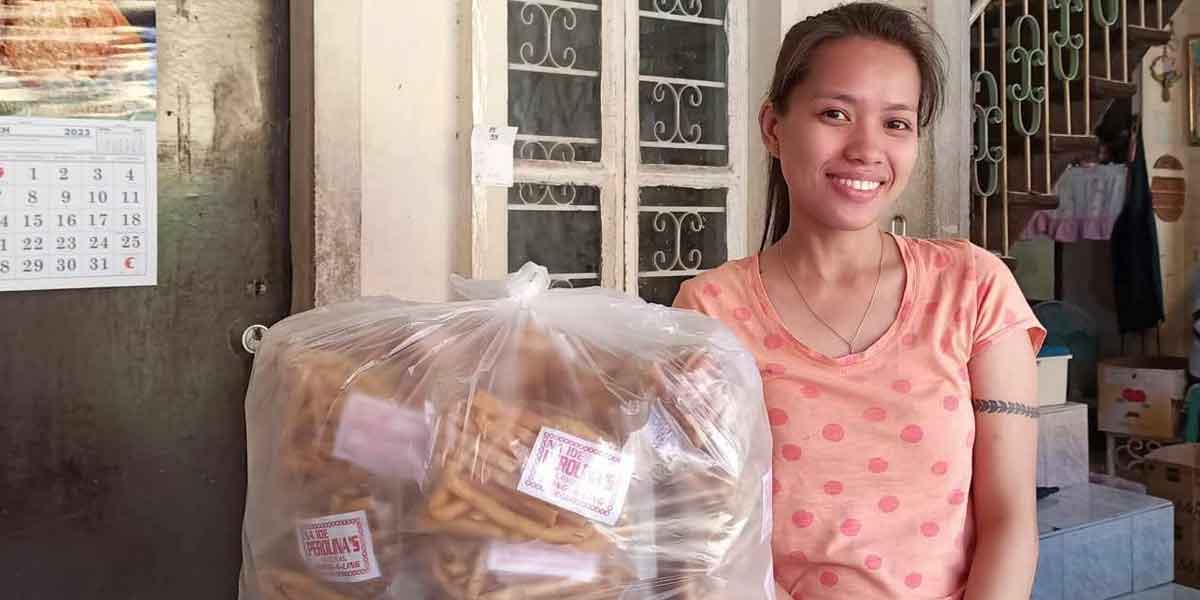
By John Noel E. Herrera
Another threat to the animal and agriculture industry in Iloilo might be coming again as the nearby province of Capiz recorded its first bird flu case.
But as part of its preemptive measures, the Iloilo Provincial Government temporarily banned entry of all live birds, chicken, and by-products from Capiz province after one poultry serum tested positive for bird flu.
Provincial Administrator Atty. Dennis Ventilacion, on Sunday, Dec 4, 2022, issued Executive Order No. 573, an order implementing a temporary ban on the entry to province “of domestic and captured wild (ornamental) birds, poultry products and by-products from the province of Capiz.”
“Pursuant to the Laboratory Result No. 4849-01 of the Bureau of Animal Industry – Veterinary Laboratory Division, dated 02 December 2022, poultry serum and oropharyngeal swab samples from Cagay, Roxas City, Capiz were tested positive for Influenza virus Type A (IVA) Subtype H5N1,” part of the EO stated.
The ban covers all live birds (poultry and non-poultry), including pigeons for racing, flying, training, breeding, and other related activities; game fowls, and live ducks for the purpose of grazing.
Ventilacion stated that the EO will take effect immediately until Dec 13, 2022 to prevent the possible spread of virus in the province.
This is also the first recorded bird flu case in Western Visayas.
The province also earlier banned entry of poultry products and by-products from Mainland Luzon (Region 1, 2, 3, 4A, 5, and Cordillera Administrative Region) and Mindanao and areas affected by Highly Pathogenic Avian Influenza (HPAI) virus.
The Center for Disease Control and Prevention defines bird flu as a disease caused by infection with avian (bird) influenza (flu) Type A viruses which naturally spread among wild aquatic birds worldwide and can infect domestic poultry and other bird and animal species.
Infected birds can shed avian influenza A viruses into their saliva, nasal secretions, and feces, while birds can also become infected through contact with surfaces that are contaminated with virus from infected birds.






















